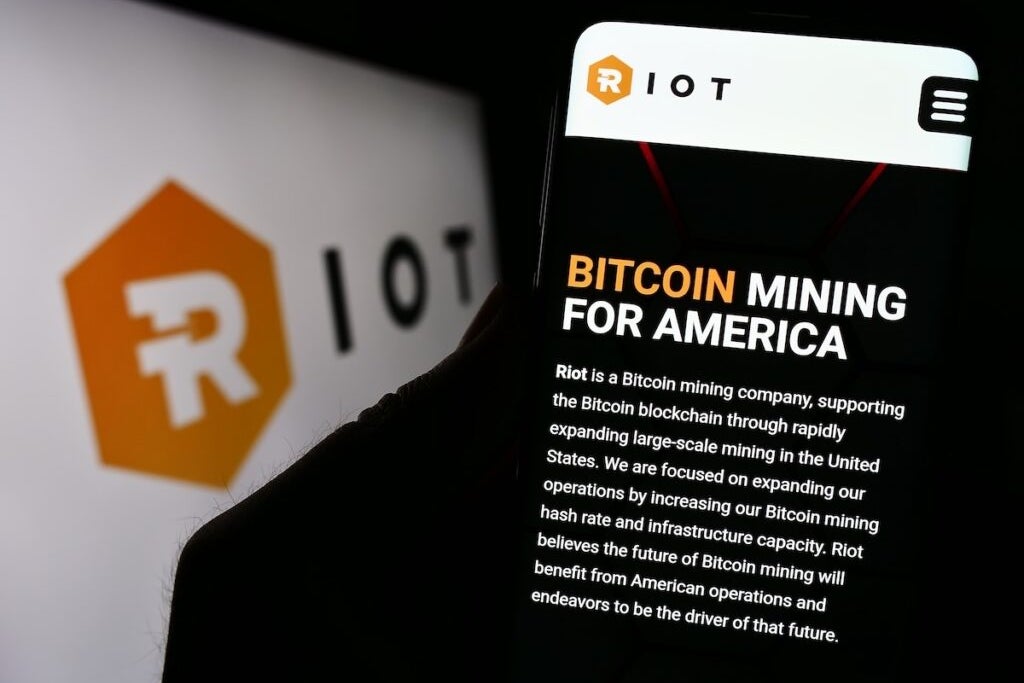The Impact of Remote Work on Urban Economies: A Post-Pandemic Perspective
As the world emerges from the shadows of the COVID-19 pandemic, the shift to remote work has dramatically reshaped urban economies across the globe. Cities like San Francisco, New York, and London are grappling with the long-term implications of this unprecedented shift. Experts warn that the future of urban centers hangs in the balance as businesses adapt to new working models.
Remote Work Trends and Urban Economies
According to a recent survey by the Stanford Institute for Economic Policy Research, approximately 30% of the workforce is expected to remain remote even after the pandemic subsides. This shift poses significant challenges for urban economies traditionally reliant on daily commuting and in-person interactions. As individuals work from home, local businesses catering to office workers—such as cafes, dry cleaners, and public transport systems—face dwindling customer bases.
- 30% of the workforce may remain remote post-pandemic
- 25% decline in public transportation ridership reported in major cities
- 40% of small businesses in urban areas have closed permanently during the pandemic
“The economic fabric of cities is woven around daily interactions,” said Dr. Emily Carter, an urban economist at the University of Chicago. “When those interactions diminish, it affects everything from real estate values to the viability of local businesses.” As workers opt for remote settings, the demand for office space has plummeted, leading to rising vacancy rates and lower rental prices in urban areas.
Challenges Facing Urban Centers
City officials are increasingly concerned about the effects of this transition. In New York City, for example, office vacancy rates soared to over 20% by the end of 2022, a stark contrast to the less than 10% seen before the pandemic. This rise in vacancies not only impacts landlords but also has a ripple effect on tax revenues, which are crucial for funding public services.
“We’re witnessing a fundamental shift in how cities operate,” stated Mark Thompson, a city planner in San Francisco. “If we don’t adapt, we risk losing the very essence of what makes urban living appealing.”
The Future of Urban Spaces
To counteract these challenges, cities are exploring innovative strategies to repurpose office spaces and enhance urban life. Some municipalities are incentivizing businesses to convert their unused office buildings into affordable housing or community spaces. This transition could help alleviate housing shortages while revitalizing local economies.
Furthermore, urban planners are focusing on creating more mixed-use developments that combine residential, commercial, and recreational spaces. These developments aim to foster vibrant neighborhoods where residents can live, work, and play without relying heavily on commuting.
Looking Ahead: Opportunities and Adaptations
Despite the challenges, the remote work trend also presents opportunities for urban revitalization. As telecommuting becomes normalized, cities may see a shift in demographics as individuals move away from high-cost urban centers in search of more affordable living arrangements. This could lead to a redistribution of populations and resources across regions.
“This is a chance for cities to reinvent themselves,” said urban sociologist Dr. Sarah Nguyen. “They can prioritize sustainability, inclusivity, and community engagement in ways that weren’t possible before.”
Statistics from the National Association of Realtors indicate that areas experiencing population growth due to remote work have seen a significant uptick in home prices, suggesting that urban centers may need to adapt to a new economic model that accommodates these changes.
Conclusion: A Call to Action for Urban Leaders
The transition to remote work is reshaping urban economies in profound ways, presenting both challenges and opportunities. City leaders must act decisively to adapt to this new landscape, focusing on innovative solutions that foster economic resilience and community engagement. As cities navigate this transformation, the need for collaboration between businesses, residents, and policymakers has never been more critical.
Urban centers that embrace these changes could emerge stronger, more sustainable, and better equipped to meet the needs of a modern workforce. Moving forward, it is essential for urban leaders to engage with stakeholders and develop strategic plans that not only address immediate concerns but also lay the groundwork for a thriving post-pandemic city.
For more insights on urban development and the future of work, subscribe to our newsletter and stay informed about the latest trends and strategies shaping our cities.



